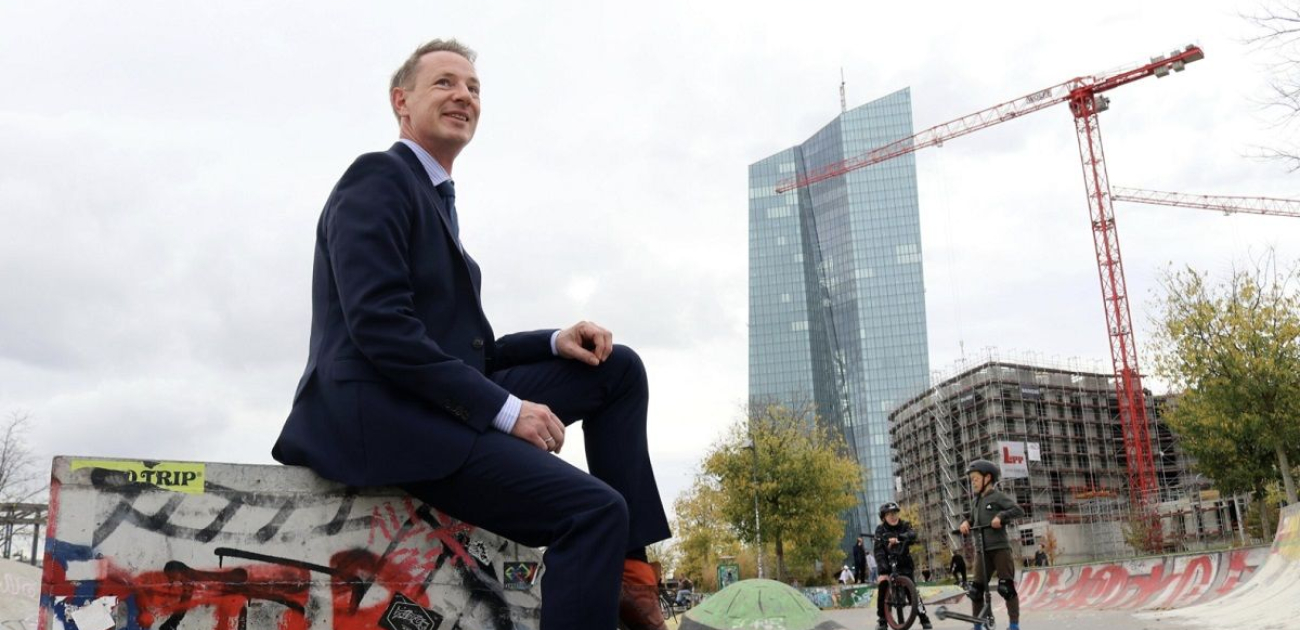Protection of Trademarks and Patents in light of Covid-19
The protection of trademarks and patents is of strategic importance for many companies in order to secure innovations and product or service designations. At the same time, industrial property rights such as patents, trademarks and designs offer the possibility of generating license fees as additional revenues. In case of a violation of industrial property rights, their owners are also entitled to claim compensation.
However, in the course of the Covid-19 pandemic, companies have shown a certain reluctance to register and maintain industrial property rights, says Christoph Jonas (lawyer and partner at Patzina Lotz based in Frankfurt am Main/Germany). He gives recommendations how to actively manage IP rights at present.
Mr Jonas, which developments in the fields of intellectual property do you currently see in light of the Covid-19 pandemic?
Jonas: We need to differentiate between the administration of intellectual property rights, i.e. registration and maintenance (prosecution) on the one hand, and the enforcement of intellectual property rights (litigation) on the other. With regard to prosecution, companies now act significantly more restrictive than before the crisis because they only want to concentrate on the necessary and minimize their expenses because of planning uncertainty in light of the pandemic. This is a trend which, in the interests of companies, is to be hoped that it will not last too long.
Is a trademark or patent application that expensive?
Jonas: Rather, the question should be to what extent costs and benefits are sufficiently weighed up by companies beforehand. As far as the costs of an application for intellectual property rights are concerned, a distinction must first be made as to which countries the company wishes to get protection.
A design or trademark application is quite inexpensive, you can get that with a few hundred Euros of official and legal fees whereas a patent application is much more expensive and usually costs a four-digit Euro amount. Of course, it becomes considerably more expensive if the company wants additional protection in other countries.
Beyond official and legal fees, there are, of course, translation costs. All in all, a registration in several countries costs a significant five-figure amount. In many cases, however, this pays off for companies. Just a well-maintained brand, at manageable total cost, can significantly increase the enterprise value and – provided good maintenance – in some cases even exceed the value of the company’s real estate assets. However, many companies are currently shying away from such expenses. As far as the protection of technical inventions is concerned (i.e. the patent market), it must also be taken into account that – irrespective of of COVID 19 – product cycles become shorter and that today’s innovation or patent can be quickly outdated.
But these developments can strategically be dangerous strategically, right?
Jonas: Absolutely. For instance, if a company does not secure its innovations through patents, it can only pursue imitators at the level of competition law, where there are much greater uncertainties in law enforcement. The legal position is therefore significantly different compared with a patent. Hence, companies that do not protect their innovations risk their market position in competition.
What do you recommend companies in the current situation?
Jonas: The Covid-19 pandemic is a good opportunity for
the management to look at the portfolio of intellectual property rights: which ones do we really need, what do we want to focus on in which countries over the next few years? Which innovations are so strategically important that we should now have them protected internationally – while older patents may no longer need to be renewed. This requires more dialogue or communication between the senior management and the innovation center or the R&D units of the company.
What about litigation, i.e. the enforcement of industrial property rights?
Jonas: There is much more dynamic in this area. I myself am currently representing several large and mid caps in patent infringement proceedings, preferably at the Regional Court of Munich, since the Munich proceedings at first instance, due to its structure, can lead to a judgment quite quickly. In addition, the Regional Court of Munich also offers excellent mediation proceedings in which both parties can reach an amicable settlement by way of a consensual agreement and, so to speak, as partners. This will save both parties another instance and allow them refocus on their respective core business. Unfortunately, we lawyers are far too seldom using the opportunity to advise our clients to reach an amicable settlement even if the situation is positive, although I believe that this path often offers companies greater economic added value. All in all, however, it can be said that the pandemic has also led to the situation that companies increasingly focus on enforcing injunctions and claims for damages in the markets more aggressive than before. This is also confirmed by my discussions with judges from different courts in Germany.
What are the reasons for this?
Jonas: Anyone who successfully fights against infringements of industrial property rights can generate considerable revenues from damage claims which are attractive one-offs in the current situation. In addition, disputes allow for keeping competitors at distance.
But court proceedings surely take longer due to contact restrictions?
Jonas: That’s true, although an earlier first court date can now also take place as a video conference. But the scheduling of main negotiations currently takes longer than usual, because many courts are overburdened.
Why does it still make sense for rightholders to prosecute violations?
Jonas: Court proceedings can be used as a “vehicle” to build pressure and enter into negotiations with the other party with the aim of reaching an out-of-court settlement. This sword of Damocles can lead to both sides agreeing on a license agreement, for instance. The revenue generated from this may then be less than compensation to be enforced by the courts. Nevertheless, this model offers the advantage for the intellectual property rights holder that process costs and expenditure of time are significantly reduced, that stable cash flow are quickly generated and that a “permanent friendship” with the infringer, often competitors, is not being established. If granting a right of use by way of a license is justifiable from a strategic perspective, this ultimately constitutes a commercially viable solution.
Do you want more information?
 Christoph Jonas
Christoph JonasChristoph Jonas specializes in the implementation of Intellectual Property Rights (mostly patents, trademarks and designs) – if necessary, on a cross-disciplinary basis. His client list primarily comprises global corporate players in the areas of lighting, healthcare & life sciences, media, automotive, retail, fashion and consumer goods.
Board of Directors
Contact Us
